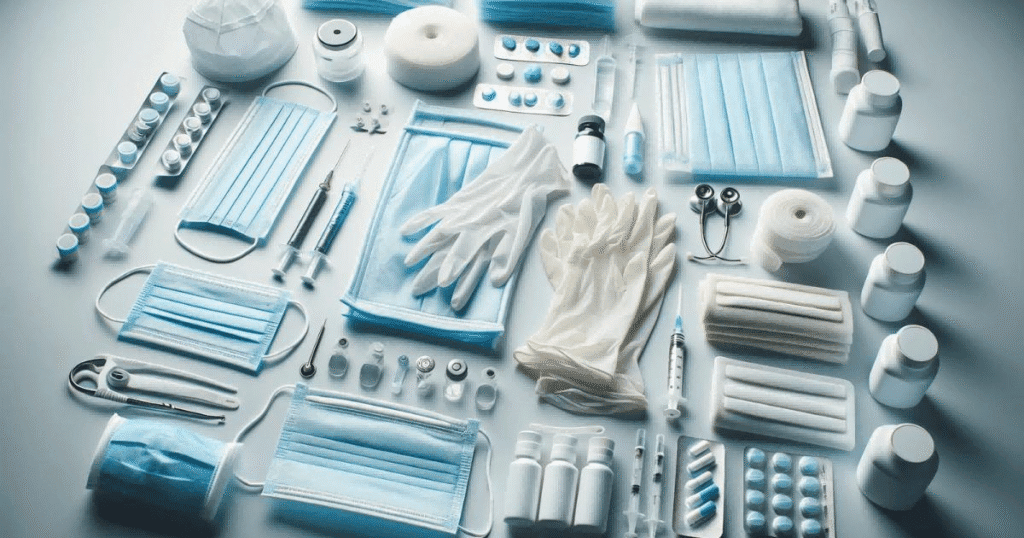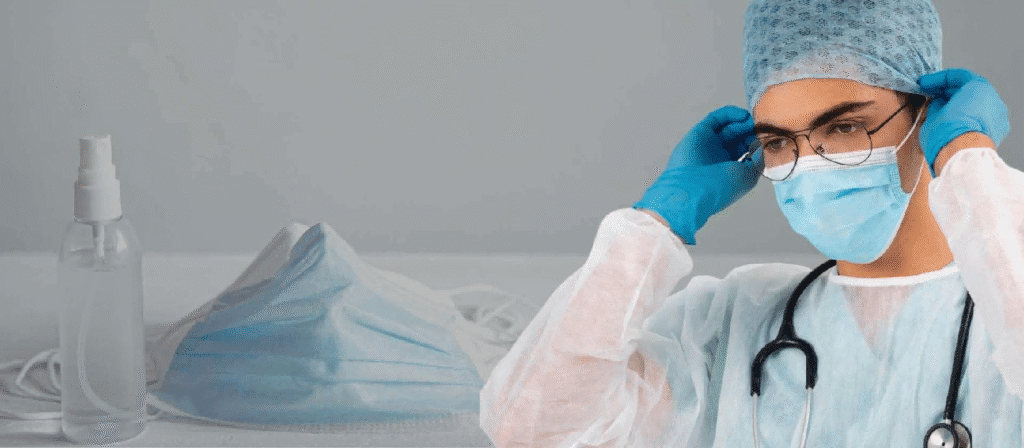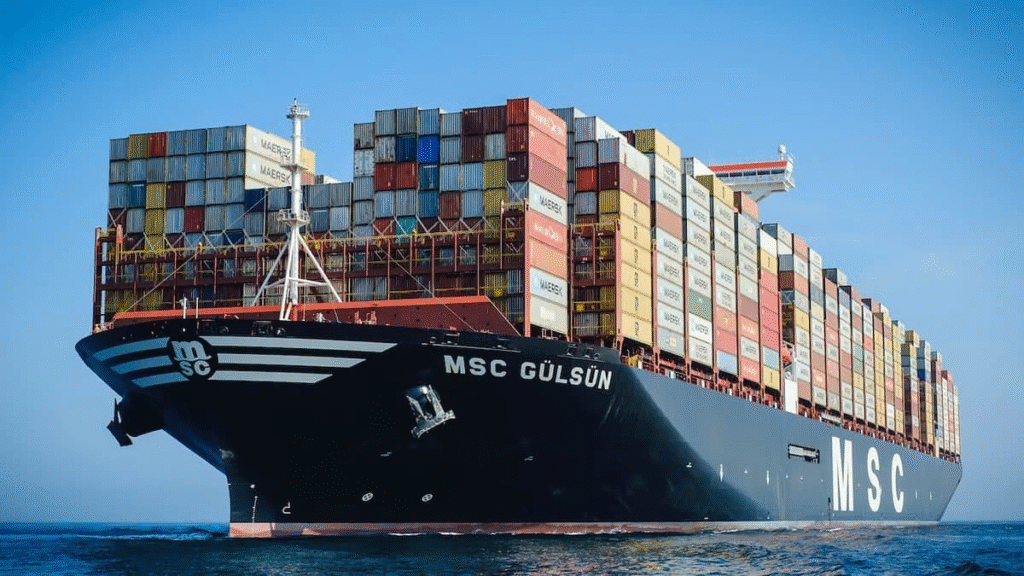In the global market, China is a leading producer and exporter of high-quality medical supplies—especially disposable products like non-woven protective gear (isolation gowns, protective suits, masks) and rubber-based items (nitrile gloves, latex gloves). For businesses sourcing these products, a structured approach ensures quality, compliance, and smooth logistics. Below is a practical step-by-step guide.
1. Clarify Your Specific Requirements Clearly

Before contacting suppliers, define your needs in detail to avoid misunderstandings and get accurate quotes:
- Product Specifications: For non-woven items, specify material thickness (e.g., 20gsm for isolation gowns), filtration efficiency (e.g., 95% for N95/KN95 masks), and design features (e.g., hooded suits, elastic cuffs). For gloves, note sizes (S/M/L/XL), powder preferences, and resistance needs (e.g., chemical resistance for lab-use nitrile gloves).
- Quantity and Timeline: Confirm order volume (e.g., 100,000 masks, 50,000 glove pairs) and delivery deadlines (e.g., 30-day lead time). Suppliers offer bulk discounts, but large orders need longer production cycles—align quantity with your timeline.
- Certifications: Specify standards for your target market: EU (CE Mark, MDR 2017/745), U.S. (FDA Registration), or China/Asia (NMPA Certificate). Clear communication ensures suppliers only offer qualified products.
2. Screen and Verify Reliable Chinese Suppliers
Supplier quality determines procurement success. Use these actionable steps to avoid unqualified vendors:

2.1 Trustworthy Platforms
Use B2B platforms with medical supply focus:
- Alibaba Medical & Healthcare: Filter suppliers with “Trade Assurance” (covers payment if goods don’t meet specs) and “Gold Supplier” badges (verified by Alibaba).
- Made-in-China.com: Use the “Medical Device” category and check supplier “Audit Reports” (e.g., SGS on-site audits).
Avoid generic platforms—prioritize those with medical-specific verification.
2.2 Practical Background Checks
- Request scanned business licenses (check for “medical device production” in business scope via China’s State Administration for Market Regulation (SAMR) website: http://www.samr.gov.cn/).
- Ask for factory videos (focus on production lines: e.g., non-woven fabric cutting machines for gowns, glove molding equipment) and warehouse photos (to confirm inventory capacity).
- Contact 2-3 past customers (suppliers should provide references) and ask: “Did goods meet specs?” “Were deliveries on time?”
- For orders over $20,000: Hire third-party auditors (SGS, BV) to check factory compliance (e.g., hygiene standards for medical production).
2.3 Red Flags to Avoid
Reject quotes 20%+ lower than market average. For example, if standard KN95 masks cost $0.03/pc, a $0.02/pc offer may use thin non-woven fabric (below 25gsm) or skip filtration layers.
3. Conduct Rigorous Compliance and Quality Checks

Non-compliant products risk customs rejection or health hazards. Use these hands-on methods:
3.1 Certification Verification
- CE Mark: Go to EU MDR Database (https://ec.europa.eu/health/safety/medical-devices-databases_en), enter the supplier’s “Notified Body Number” (on CE certificate), and confirm the product is listed for “protective medical devices.”
- FDA Registration: Use FDA’s Device Listing Database (https://www.accessdata.fda.gov/scripts/cdrh/cfdocs/cfRL/rl.cfm), search the supplier’s “FEI Number” (FDA Establishment Identifier), and check if the product type (e.g., “disposable surgical masks”) is registered.
- NMPA Certificate: On NMPA’s website (https://www.nmpa.gov.cn/), input the certificate number—verify product name (e.g., “disposable isolation gown”) and expiration date.
Never accept “certificate drafts”—only valid, scanned copies with official seals.
3.2 Pre-Shipment Inspection (PSI) Actions
- Hire inspectors (SGS, Intertek) 7-10 days before shipment. Provide a detailed inspection checklist (e.g., “Masks: 95% filtration efficiency via particle testing; Gowns: no loose threads; outer packaging is intact”).
- Request a sample test report (e.g., mask bacterial filtration efficiency (BFE) test results) before full inspection.
- If defects are found (e.g., 5% of gloves have tears), ask the supplier to:
- Replace defective goods within 5 days;
- Provide a written “Corrective Action Plan” (e.g., adding quality checks after glove production).
Only approve shipment if PSI pass rate is ≥98%.
4. Negotiate Terms and Sign a Detailed Contract

Protect your interests with specific, actionable clauses:
4.1 Pricing and Payment (Low-Risk Terms)
- For first-time orders: 30% advance (to start production) + 70% balance (paid after receiving PSI report and original shipping documents (bill of lading)).
- For repeat orders: Negotiate 20% advance + 80% balance (against copy of BL).
Avoid wire transfers to personal accounts—use company bank accounts (verify via supplier’s business license).
4.2 Quality and Defect Clauses
- Specify: “If goods fail customs inspection due to non-compliance, supplier bears all costs (return shipping, re-production).”
- Example defect penalty: “For each 1% of defective goods (e.g., torn gowns), deduct 0.5% of the order value.”
4.3 Logistics (Incoterms + Delays)
- Choose Incoterms based on your experience:
- New buyers: Use CIF (e.g., CIF Los Angeles)—supplier handles freight and insurance to your port.
- Experienced buyers: Use FOB (e.g., FOB Shanghai)—you control freight (choose a forwarder you trust).
- Add a delay clause: “For each week of delay beyond the agreed date (e.g., Oct 30, 2025), deduct 3% of the order value (max 15% total).”
4.4 IP and Confidentiality
If using custom packaging (e.g., your logo on mask boxes), add: “Supplier may not use or share packaging designs with third parties; violation leads to $5,000 compensation.”
5. Manage Logistics and Customs Clearance

Avoid delays with these practical steps:
5.1 Choose a Medical-Focused Freight Forwarder
- Look for forwarders with:
- Experience in medical supplies (ask: “How many medical shipments have you handled to xxx?”);
- Knowledge of customs rules (e.g., U.S. FDA Prior Notice, EU DoC requirements).
- Recommended options: DHL Global Forwarding (for small orders <500kg), Maersk (for ocean freight of bulk orders).
5.2 Prepare Customs Documents
- Mandatory documents: Commercial invoice (with HS codes: e.g., 6307.90 for non-woven gowns, 4015.11 for nitrile gloves), packing list (detailing quantity per carton), certificate of origin (CO) (issued by China Council for the Promotion of International Trade (CCPIT) for tariff reductions).
- Market-specific docs:
- U.S.: FDA Prior Notice (submit via FDA’s FSIS system 24 hours before shipment arrives).
- EU: Declaration of Conformity (DoC) (signed by the supplier, stating compliance with EU MDR).
5.3 Shipment Tracking and Receipt
- Use the forwarder’s tracking tool (e.g., Maersk Track & Trace) to check status weekly.
- Upon arrival:
- Inspect cartons for damage (take photos if boxes are crushed).
- Open 5-10% of cartons (randomly) to check: Are products as ordered? (e.g., glove size L matches label) Is packaging intact?
- If damage is found: File a claim with the forwarder within 3 days (submit photos and packing list).
Conclusion
Sourcing medical supplies from China is cost-effective with proper planning. By clarifying requirements, verifying suppliers via practical checks, conducting hands-on quality inspections, signing detailed contracts, and managing logistics proactively, you minimize risks. For long-term success, update your knowledge of regulations (e.g., EU MDR 2027 amendments) and build relationships with 2-3 trusted suppliers (to avoid reliance on one vendor). With these steps, you can secure high-quality disposable medical products that meet your business needs.


